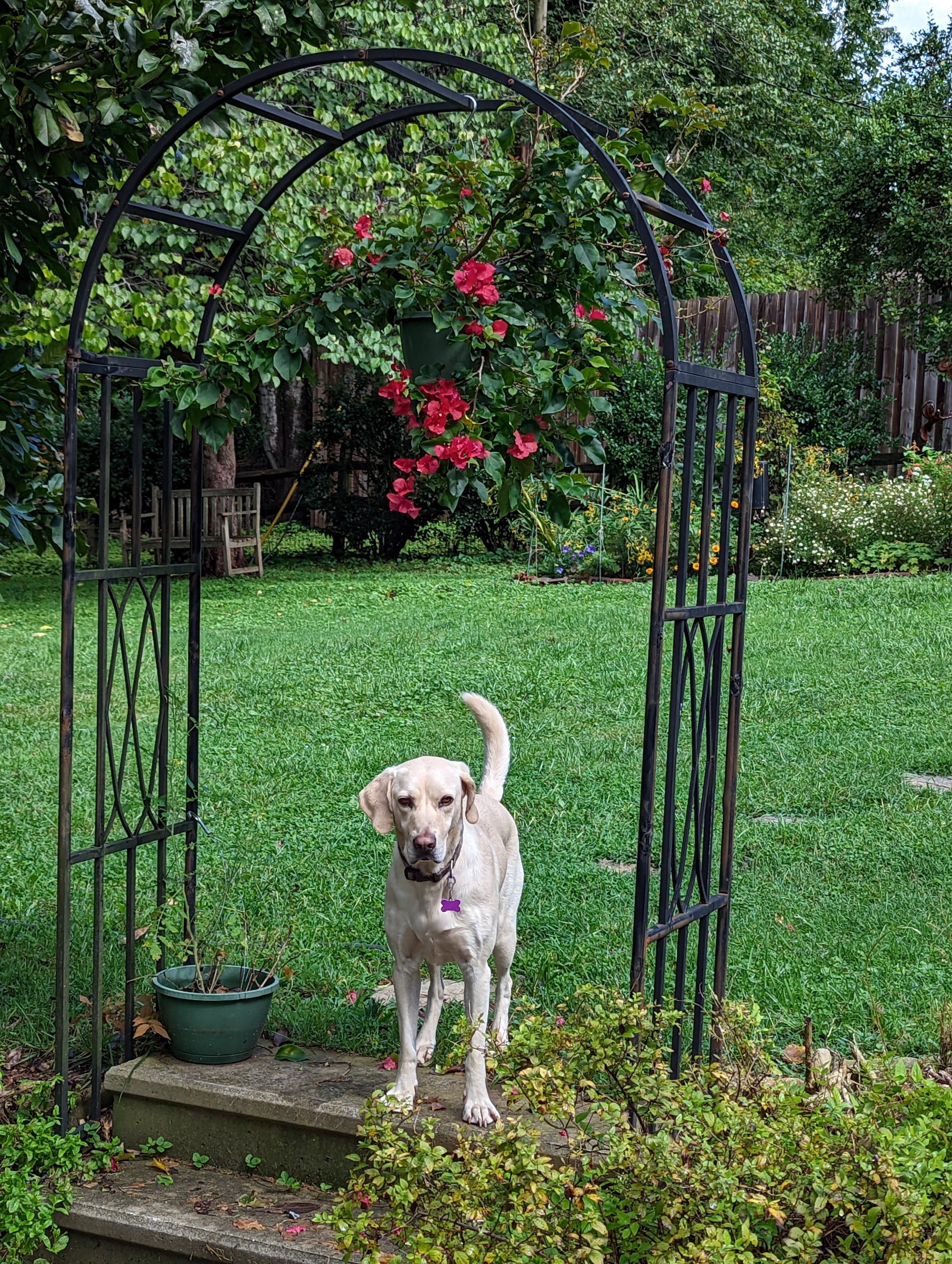Wow, that happened fast! We went from no tomatoes, to the first big tomato (July 12), to our first canning and at least 30 large fruited varieties as of today. It’s been wild, hectic, stressful, fun - and in many cases, outrageously delicious!
Flavor winners so far:
Three tomatoes were rated 9 out of 10 - exceptional in flavor. They are Captain Lucky (the green fleshed one in the above pic), Polish (no surprise there - also on the plate, above - large and pink), and an F2 selection from Little Lucky X Blues Bling, with potato leaf, variegated foliage and large tricolored tomatoes (green, pink, yellow outside, yellow with some red swirls and seeds with green gel) inside. Thus, so far, 3 tomatoes rated a 9.
Nearly as good are some old favorites - Cherokee Purple, Cherokee Chocolate, what didn’t turn out to be Cherokee Green but a delicious large scarlet red tomato (likely a cross of Cherokee Green with a red or pink neighboring variety), Glory F1 hybrid (which I created by crossing Dwarf Gloria’s Treat with Dester - nice large pink tomatoes that are slightly heart shaped), JD Special C Tex potato leaf variant - large and purple, and some cherry tomatoes - Egg Yolk, Mexico Midget, Yellow Fruity, what was supposed to be Orange Fruity but is actually pink, and Suzy’s Wild Red. To date, that makes 10 tomatoes ranking an 8 in flavor.
Just behind those are Lucky Cross (7.5, plant suffering badly with disease), Estler’s Mortgage Lifter (which really delights me - it seems to be the real deal, flavor rating 7.5), Dwarf Liz’s Teardrop (rated 7.5), Lilly F2 selection (from Lillian’s Yellow Heirloom X Dwarf Speckled Heart - 5 ounce round pink tomato with gold stripes), Dwarf Irma’s Highland Cherry (a chocolate cherry from the Teensy family, sister to Dwarf Eagle Smiley, 7.5), Yellow Family Heirloom (more of a pale orange, thinking it is similar to the old variety Jubilee - very solid, mild - 7), Mary’s Heirloom (reputedly from Hinton West Virginia and 200 years old - large pale orange - pleasant - reminds me a bit of Persimmon - 7), Dwarf Orange Coastal Pride (round, 6 ounces, orange - very firm and solid, mild for my taste but pleasant, 7), Don’s Double Delight X Dwarf Mocha Plum F2 potato leaf dwarf selection (3 ounce plum shaped chocolate, light stripes, antho - mild - 7), and Red Egg Yolk (a bit larger than Egg Yolk, 7). That makes 10 varieties in the 7-7.5 range.
Coming in toward the end so far flavor-wise are Blue’s Bling X Polish F2 potato leaf variegated, large purple fruit - lacking in flavor, rated 6; German Heirloom - very large pink hearts, very solid flesh, a bit dry and flavorless - 6; Cancelmo Family Heirloom X Dwarf Moby’s Cherry selection F2 - 4 ounce yellow oblate, fair at best, rated 6; and Suzy’s Wild Orange, which turned out red - quite bland - 6.5. So, that makes 4 tomatoes in the 6-6.5 range.
Remaining to be harvested/tasted are about 30 varieties. Overall, I am very pleased!
As far as plant health, this has been a challenging season when compared to our first two gardens in Hendersonville. Septoria, Early Blight and Fusarium are all present and came on more quickly this year. Lots of late day thunderstorms and some high heat and humidity all contribute.
The following are dead, or soon to be, due to Fusarium wilt - Cherokee Green (Not), Cherokee Chocolate (two plants), Lucky Cross, Glory F1 and German Heirloom (all indeterminate plants in straw bales), Mullens Mortgage Lifter in a grow bag, the Moby family dwarf, the Lilly family dwarf, and Orange Coastal Pride. Though it is sad to lose any plants to disease, 10 plants is not a bad hit for this point in the season. I have 6 Glory F2 dwarfs (2 of which are potato leaf), and 2 Chartreuse leaf Jade Beauty to take their places.
Crops that are done are lettuce (bolted), garlic and potatoes (harvested - very successful), snap beans, summer squash. Cucumbers are barely hanging in there, but were wonderful. We are picking eggplant and some peppers (Pinata jalapeno type, Shishito, Padron), and the eggplants. Bell peppers are proving to be a problem - they are getting waterlogged and rotting prior to harvest/ripening.
I started some beans and squash in a plug flat to transplant into the now empty bales in hopes of getting late summer crops. I also plan on starting some spinach in a few weeks to grow into fall/winter/spring.








































